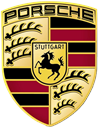
Porsche Panamera Saloon engines, drive and performance
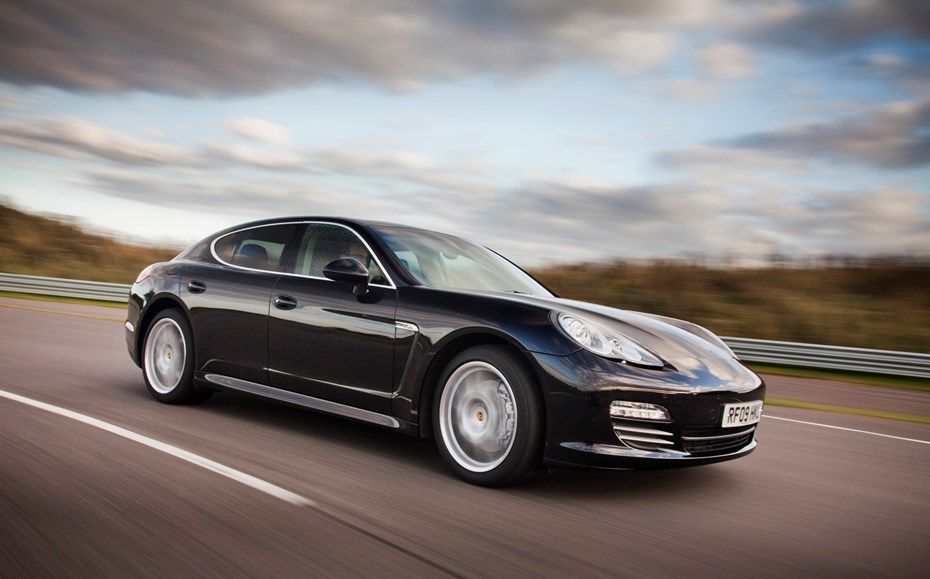
The entry point to the Panamera range is the 3.6-litre V6 petrol, available in both six-speed manual and seven-speed PDK automatic guise. It reaches 62mph in less than seven seconds and can go on to a top speed of 162mph.
There’s also a diesel-powered Panamera, using a 3.0-litre turbocharged engine with 250bhp. Apart from a set of ‘Diesel’ badges on the front doors, it’s identical to the V6 petrol Panamera and can achieve a 43mpg average.
Four V8 versions of the Panamera are available starting with the S which uses a 4.8-litre engine with 400bhp. This comes with the six-speed manual gearbox as standard and accelerates from 0-62mph in 5.6 seconds. The engine is superb to drive with masses of pulling power in any gear along with that unique Porsche sound when accelerating.
The 4S uses the same engine but, as the name suggests, has four-wheel drive giving improved traction, especially when accelerating. Pulling away in the wet, though, can have the rear tyres twitching. It also comes with the PDK automatic gearbox as standard. This uses two clutches to provide lightning-quick changes and as a result the 4S manages 0-62mph in just 5.0 seconds.
In 2011 Porsche introduced the Panamera GTS, a more driver-focused version with lowered air suspension and bigger brakes. The GTS is also more powerful than the Panamera S and 4S, with an extra 30bhp.
The ultimate model in the range is the Panamera Turbo which uses the same 4.8-litre V8 but fitted with two turbochargers to boost power up to 500bhp. This also has the PDK gearbox as standard (like the 4S there’s no manual option) and has four-wheel drive too. It’s stunningly quick with 0-62mph taking a mere 4.2 seconds which is even more impressive when you realise that the Panamera weighs close to two tonnes. The strange suction sound when accelerating takes a little getting used to – it’s not especially pleasant – but the sheer pace of the Turbo is amazing.
For those that crave even more speed, however, an even faster Panamera Turbo ‘S’ was added to the line-up in early 2011 with close to 550bhp and a top speed of 191mph. Impressively, its economy figures are identical to the standard Panamera Turbo.
PDK models can be fitted with a feature called Launch Control (as part of the Sports Chrono Package). The driver holds down the brake with their left foot and at the same time gives full throttle with their right foot. As soon as the driver lets go of the brake, the car will accelerate all-out, giving a 0-62mph sprint 0.2 seconds quicker.
For sports saloon fans with a highly-developed environmental conscience, there’s also a hybrid version. It combines a 3.0-litre petrol engine with an electric motor to produce a total of 375bhp and can be driven in a variety of modes, including an all-electric function for town driving. In electric mode it has a range to 1.25 miles at up to 53mph, while its V6 engine can hit a top speed of 168mph. Identical inside and out to the conventionally-powered Panamera S, it can return average fuel economy of more than 40mpg.
Porsche describes the Panamera as a big sports car rather than an executive saloon and it certainly drives that way. On the move it is much more agile than its size and weight would suggest, helped by firm but forgiving suspension which means it stays very flat in corners. The steering is perfectly weighted and very responsive, with impressive feel too.
At higher speeds the Panamera is stable and reassuring, with the excellent suspension providing a comfortable ride even with four passengers on board. A ‘Sport’ button on the central console increases throttle response, stiffens the suspension and alters the shifts on the PDK transmission (if fitted). Adaptive air suspension is available as an optional extra on S and 4S models (it’s standard on the Turbo) which can be altered for either comfort or sport settings.
Another optional system called Porsche Dynamic Chassis Control (or PDCC) reduces lean in corners even further and improves comfort on uneven roads.


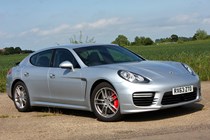
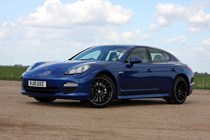
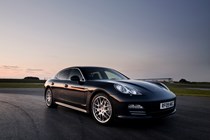
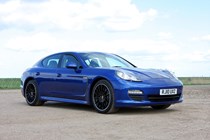
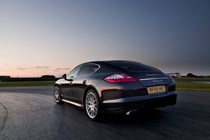
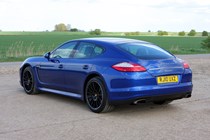
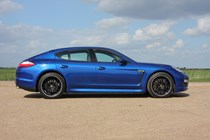
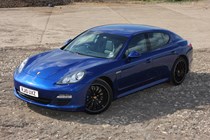
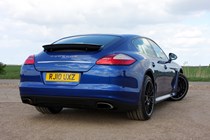
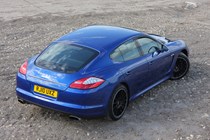
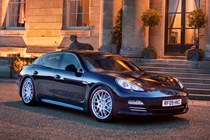
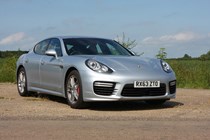
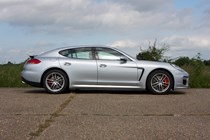
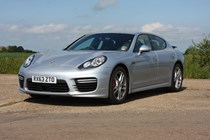
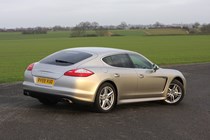
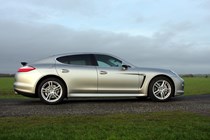
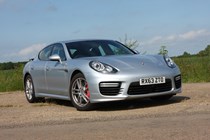
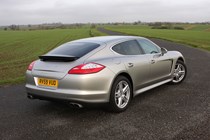
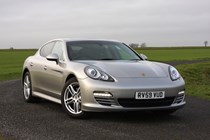
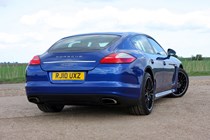

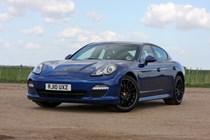
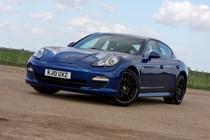
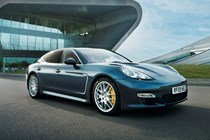
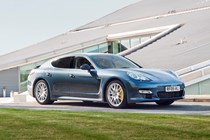
.jpg)
.jpg)
.jpg)
.jpg)
.jpg)

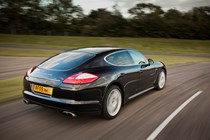
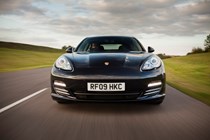
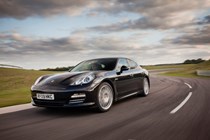
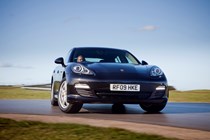
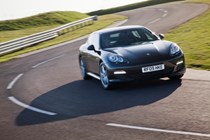
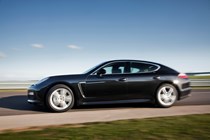
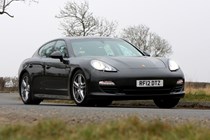
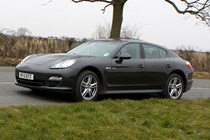
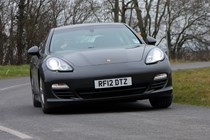
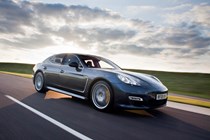
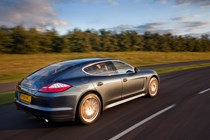
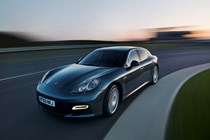
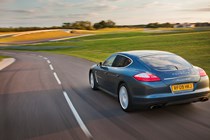
.jpg)
.jpg)
.jpg)
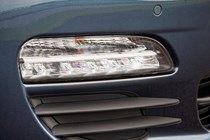
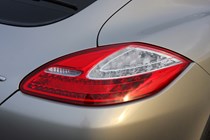
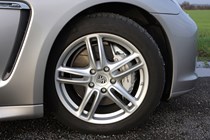
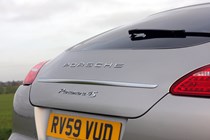
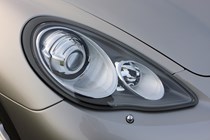
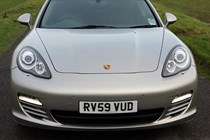
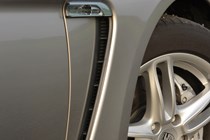
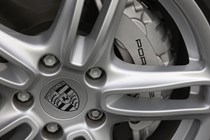
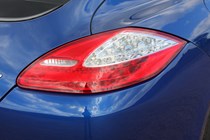
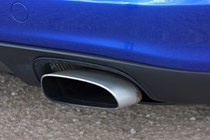
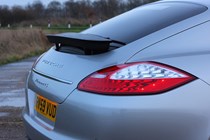
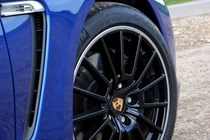
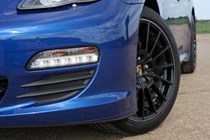
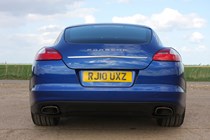
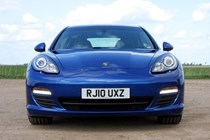
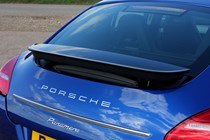
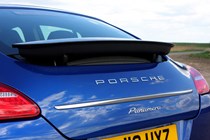
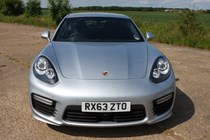
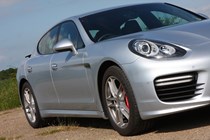
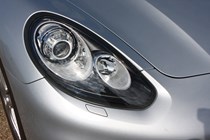
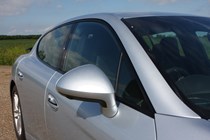
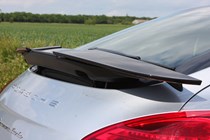
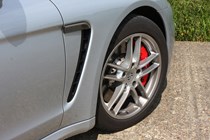

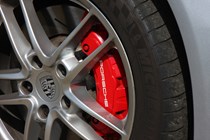
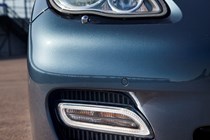
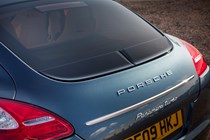
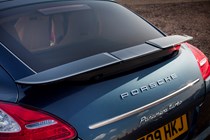
.jpg)
.jpg)
.jpg)
.jpg)
.jpg)
.jpg)
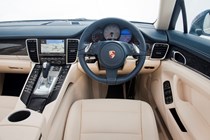
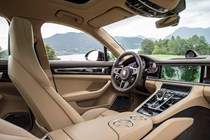
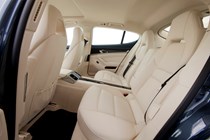

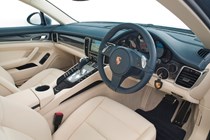
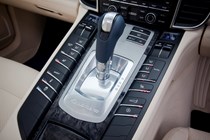
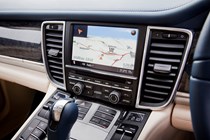
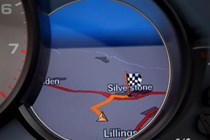
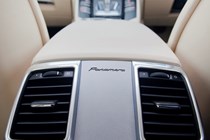
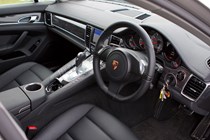

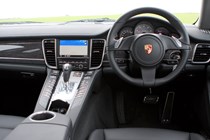
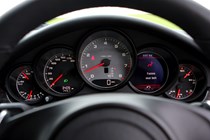
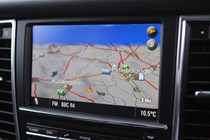
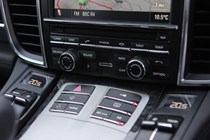
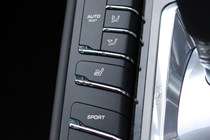
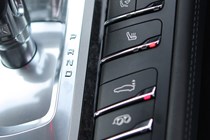
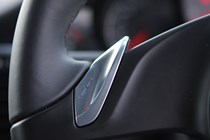
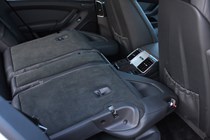
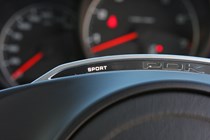
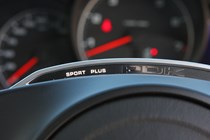
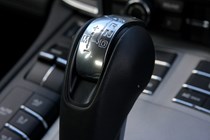
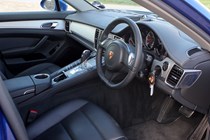
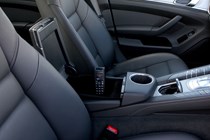
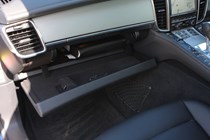
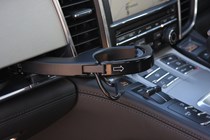
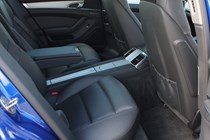
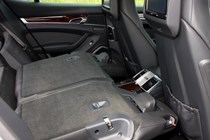
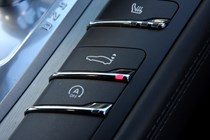
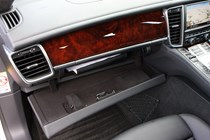
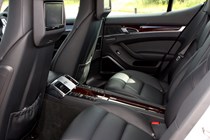
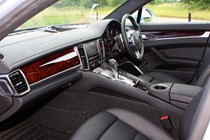
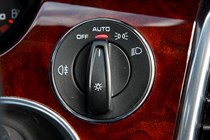
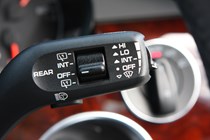
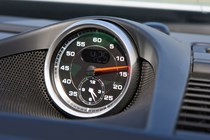
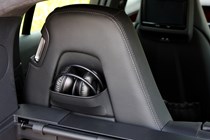
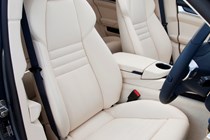
.jpg)
.jpg)
.jpg)
.jpg)
.jpg)
.jpg)

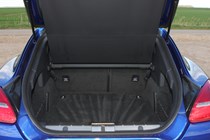
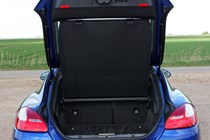
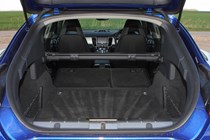
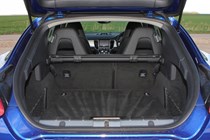
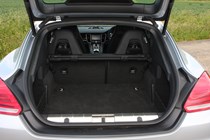
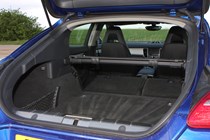
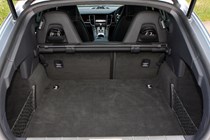
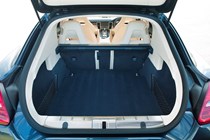
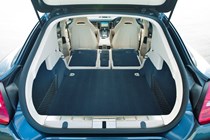
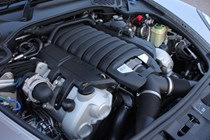
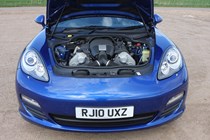
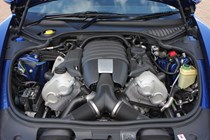
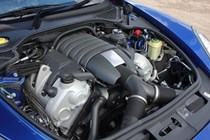
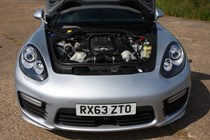
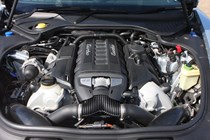
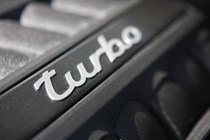
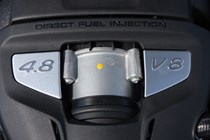
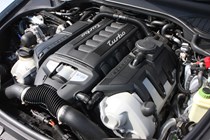
.jpg)
.jpg)

























.jpg?quality=50)
.jpg?quality=50)
.jpg?quality=50)
.jpg?quality=50)
.jpg?quality=50)














.jpg?quality=50)
.jpg?quality=50)
.jpg?quality=50)




























.jpg?quality=50)
.jpg?quality=50)
.jpg?quality=50)
.jpg?quality=50)
.jpg?quality=50)
.jpg?quality=50)





































.jpg?quality=50)
.jpg?quality=50)
.jpg?quality=50)
.jpg?quality=50)
.jpg?quality=50)
.jpg?quality=50)



















.jpg?quality=50)
.jpg?quality=50)